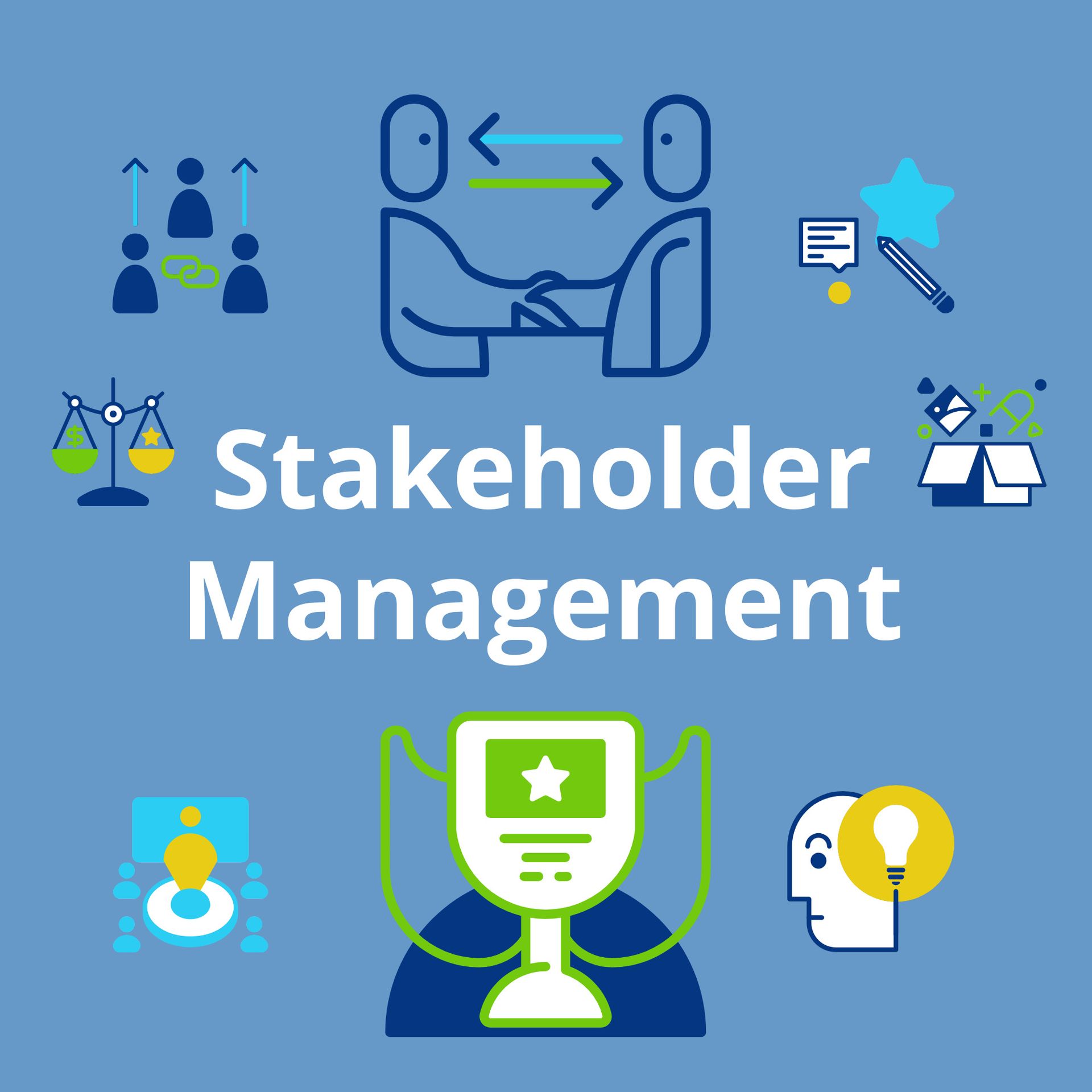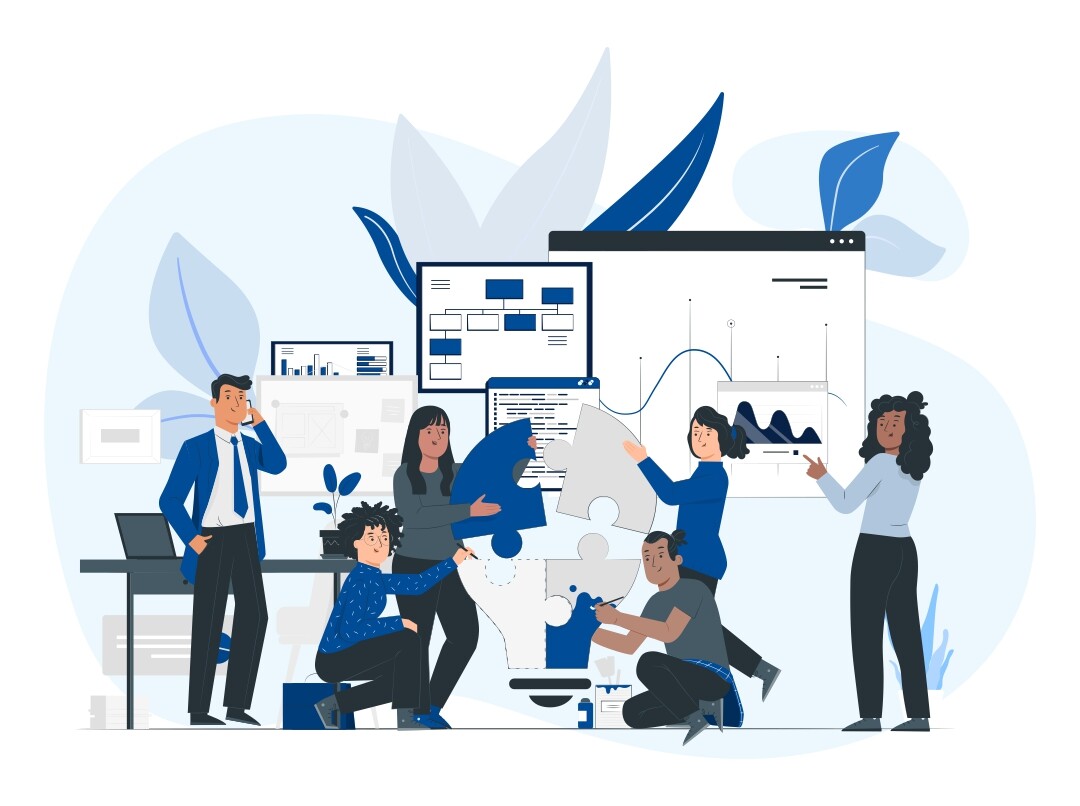Effective stakeholder management is the backbone of successful projects and sustainable business relationships. Understanding how to identify, analyze, and engage with stakeholders is a critical skill for today's professionals.
Understanding Stakeholder Management
Stakeholder management is the systematic identification, analysis, planning, and implementation of actions designed to engage with stakeholders. A stakeholder is any individual, group, or organization that can affect or be affected by a project, program, or business initiative.
Why Stakeholder Management Matters
- Increases project success rates by aligning expectations
- Reduces risks by identifying potential issues early
- Builds stronger relationships based on trust and transparency
- Improves decision-making with diverse perspectives
- Enhances organizational reputation through better engagement
Without effective stakeholder management, even the most technically sound projects can fail. When stakeholders feel overlooked or their concerns dismissed, they may withdraw support, create obstacles, or actively oppose initiatives.
The Stakeholder Management Process
1. Identification
The first step is comprehensive stakeholder identification. This involves listing all parties who may influence or be influenced by your project or organization.
2. Analysis
Analyze each stakeholder's interests, influence, expectations, and potential impact on your initiative. This helps prioritize engagement efforts.
3. Planning
Develop tailored strategies for engaging with different stakeholder groups based on their power, interest, and attitude toward your project.
4. Engagement
Implement your engagement strategies through appropriate communication channels and activities tailored to each stakeholder group.
5. Monitoring and Adaptation
Continuously monitor stakeholder relationships and perceptions, adjusting your strategies as stakeholder positions or project circumstances change.
"The success of a project is directly proportional to the quality of stakeholder engagement."
Essential Stakeholder Management Tools
Stakeholder Mapping
A stakeholder map visually represents stakeholders based on their power and interest levels. This powerful tool helps prioritize engagement efforts and resources.
High Power, High Interest
Manage Closely
High Power, Low Interest
Keep Satisfied
Low Power, High Interest
Keep Informed
Low Power, Low Interest
Monitor
Stakeholder Analysis Matrix
This matrix helps categorize stakeholders based on their influence and impact, guiding how to manage relationships with each group.
| Stakeholder Type | Engagement Strategy | Communication Frequency |
|---|---|---|
| Champions | Partner closely and leverage support | Weekly |
| Supporters | Involve in decisions and implementation | Bi-weekly |
| Neutral | Inform and seek to increase interest | Monthly |
| Critics | Address concerns and mitigate opposition | As needed |
Communication Plan
A well-structured communication plan ensures the right information reaches the right stakeholders at the right time through the most effective channels.
Key Strategies for Effective Stakeholder Management
Build Relationships Early
Engage stakeholders from the outset of your project or initiative. Early involvement helps build trust and gives stakeholders a sense of ownership.
Communicate Transparently
Open, honest communication builds trust. Share both successes and challenges, avoiding surprises that can damage stakeholder relationships.
Listen Actively
Stakeholder management is a two-way process. Listen to concerns, feedback, and suggestions, demonstrating that stakeholder input is valued.
Manage Expectations
Be clear about what is possible and what isn't. Setting realistic expectations helps prevent disappointment and maintain stakeholder confidence.
Demonstrate Value
Regularly show how your project or initiative delivers value to stakeholders. This reinforces their support and commitment.
Common Stakeholder Management Challenges
Challenge: Conflicting Stakeholder Interests
Different stakeholders often have competing priorities and interests that can create tension.
Solution:
Look for areas of common ground while acknowledging differences. Facilitate open discussions to find compromise solutions that address core concerns of all parties.
Challenge: Stakeholder Resistance to Change
People naturally resist change, particularly when they perceive it as threatening or unnecessary.
Solution:
Address concerns directly, involve stakeholders in the change process, clearly communicate benefits, and provide support throughout the transition.
Challenge: Communication Breakdown
Miscommunication or insufficient information sharing can quickly erode stakeholder trust.
Solution:
Establish clear communication protocols, use multiple channels, tailor messages to different stakeholder groups, and create feedback mechanisms.
Measuring Stakeholder Management Success
Effective stakeholder management should be measured through both quantitative and qualitative metrics:
Quantitative Metrics
- Stakeholder satisfaction scores
- Rate of stakeholder participation
- Number of issues or conflicts resolved
- Project milestone achievement rate
- Resource contribution from stakeholders
Qualitative Metrics
- Quality of stakeholder feedback
- Level of trust in leadership
- Stakeholder advocacy for project/organization
- Quality of stakeholder relationships
- Knowledge sharing effectiveness
FAQ: Stakeholder Management
How often should stakeholder analysis be updated?
Stakeholder analysis should be reviewed at least quarterly and updated whenever significant changes occur in the project scope, organizational structure, or external environment.
What is the difference between stakeholders and shareholders?
Shareholders own shares in a company and are primarily concerned with financial returns. Stakeholders include anyone affected by or who can affect an organization's actions, including employees, customers, suppliers, communities, and shareholders.
How do you engage disinterested stakeholders?
To engage disinterested stakeholders: clearly communicate how the initiative addresses their specific needs or interests, involve them in meaningful ways that respect their time, demonstrate early wins, and personalize communication approaches.
Should all stakeholders be managed the same way?
No, stakeholder management should be tailored based on each stakeholder's power, interest, influence, and needs. A stakeholder matrix helps categorize stakeholders and determine appropriate engagement strategies for each group.
What role does emotional intelligence play in stakeholder management?
Emotional intelligence is crucial for stakeholder management as it enables understanding stakeholders' feelings, concerns, and motivations. It helps in building rapport, navigating conflicts, and developing empathetic communication strategies.
Conclusion
Effective stakeholder management is not just a process but an ongoing commitment to building meaningful relationships that create value for all parties involved. By systematically identifying, analyzing, engaging, and monitoring stakeholders, organizations can significantly increase their chances of success in any initiative.
Remember that stakeholder management is both an art and a science – it requires analytical skills to map and prioritize stakeholders, as well as emotional intelligence to build genuine connections and navigate complex interpersonal dynamics.







